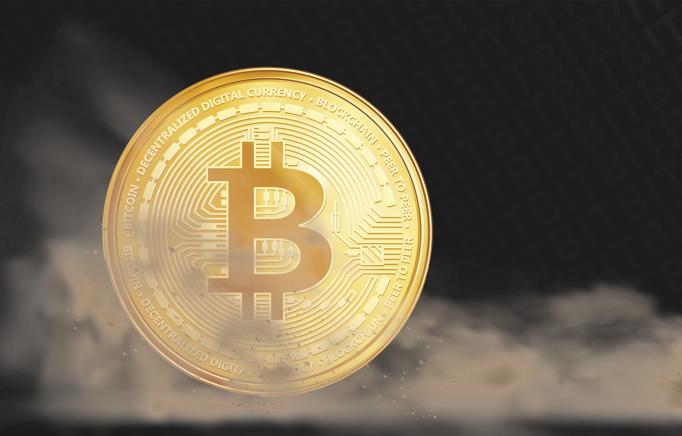What is dusting attack
Crypto for Advanced
Other articles
When an attacker transfers little amounts of money to bitcoin or crypto wallets, this is known as a dusting attack. In no way does the assault aim to take the cash. Rather, it focuses on identifying the persons or groups behind the wallets through these transactions. It tries to undermine users' privacy by deanonymizing them. Dusting attacks can happen on any public blockchain.
Dust gets its name from the little quantities of cryptocurrency that are distributed over blockchain networks like dust. This tiny quantity is also common with transactions, but those are the consequence of a trade, not an attack.
A dusting assault would be carried out by the malicious actor, who would send dust to a large number of addresses in order to hunt out the target addresses. Because most bitcoin users aren't aware of modest changes in their balances, the attackers keep an eye on the outflow of these trace amounts whenever they occur. They then use social engineering to try to figure out who the person is – and perhaps blackmail them. The actual threat of the dusting attack is this.
But it's what comes after that might be dangerous. The trace amounts supplied can aid attackers in monitoring a wallet's activities. The information is then used in phishing campaigns. A dusting attack appears to be designed for this aim.
In 2019, hundreds of thousands of these dust transactions were conducted on the Litecoin network, making it one of the most prominent efforts at a dusting assault. The assault was traced back to a group promoting their Litecoin mining pool. Although no harm was done, it became clear that this might be exploited for evil. In 2018, a dusting assault was launched on Bitcoin. 888 satoshi’s were distributed to tens of thousands of wallets. It was eventually determined to be from BestMixed, a crypto mixer platform that was, once again, promoting itself.
So, no serious effects of dusting assaults have been observed yet.
Fortunately, you are unlikely to be subjected to a dusting attack. That crypto is just not used. Some systems let you to mark these unspent transaction outputs (UTXO). You can also convert the dust because many exchanges provide a convert to dust option. That's all; you don't have to be concerned about your identity being revealed through social engineering.
A hierarchical-deterministic wallet, which generates a new address for each transaction, is another option. Of course, not all of these choices are suitable for beginners, which is why it may be preferable to utilize a platform that allows you to convert dust. When it comes to dusting assaults, if you follow these measures, you shouldn't have anything to worry about. They don't happen frequently enough for you to be concerned about your home being targeted.


